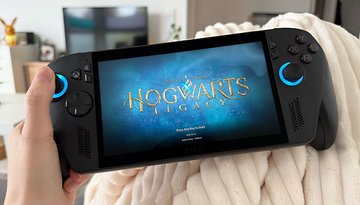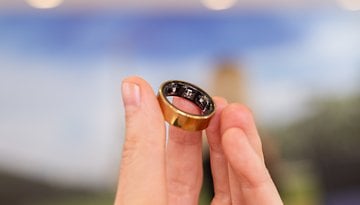Wi-Fi 7 Router Round-up: Get Your Home Ready for the Next-Gen
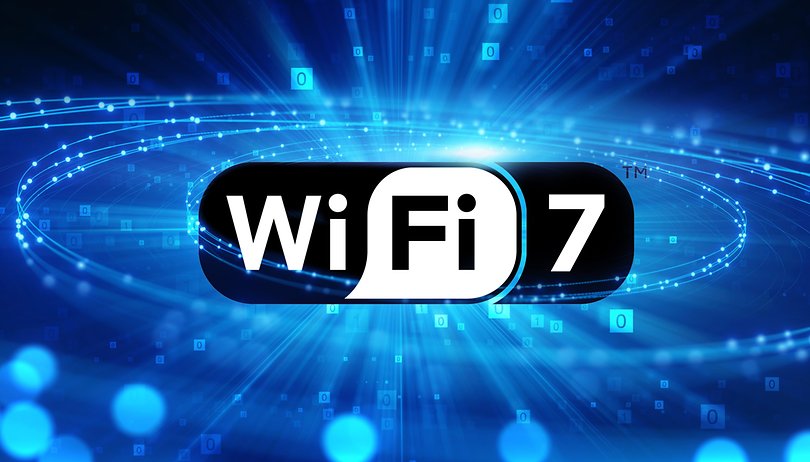

Read in other languages:
It is Draft time! No, not the yearly drama-filled, nail-biting selection of the next millionaire handball players. It is Wi-Fi 7 Draft time! And with that comes a new season of acronyms, complicated model names, and ever-increasing numbers. We rounded up a selection of the best available Wi-Fi 7 routers, access points, and mesh kits for your home.
Let's just get this out of the way first: No, Wi-Fi 7 by itself won’t fix your coverage or magically take the signal to that blind spot on that room on the other side of the house.
Secondly, as with Wi-Fi 5 and Wi-Fi 6, maximum advertised speeds will not be reached by a single device, rather, it is a sum of the theoretical link rate available for lots of simultaneous connected gadgets. Some PC boards and adaptors with lots of internal antennas may reach a link rate of up to 5.8 Gbps, mobile phones, with their limited area will connect at lower rates.
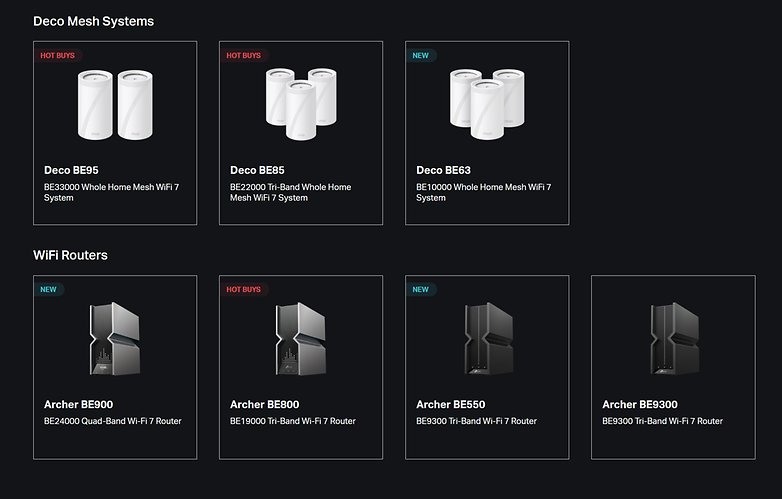
And third, as in previous WLAN generations, the first products on the market follow a draft of the specifications, as Wi-Fi 7 is still not ratified. Companies expect the standard to become official by Q3 2024. So if you want to play it safe, it is better to wait for the finalized specs.
That takes us to today's stars. First the stand-alone access points:
For bigger houses, the Wi-Fi 7 features for more bandwidth and stability signal a considerable boost for mesh systems, with the possibilities opened of not only using the 6 GHz frequency but also the option to pair them with MLO (see below) for backhaul connections between access points (APs). Of course, whenever possible, it is always recommended to wire APs, but if you don't have that option, these are the Wi-Fi 7 mesh kits:
| Product | |||||||
|---|---|---|---|---|---|---|---|
| Picture |  |
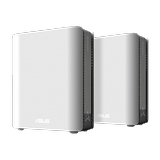 |
 |
 |
 |
 |
 |
| Max link rate (Mbps) |
|
|
|
|
|
|
|
| Max 6 GHz link rate |
|
|
|
|
|
|
|
| Max 5 GHz link rate |
|
|
|
|
|
|
|
| Max 2.4 GHz link rate |
|
|
|
|
|
|
|
| Antennas |
|
|
|
|
|
|
|
| Ethernet ports |
|
|
|
|
|
|
|
| USB ports |
|
|
|
|
|
|
|
| Deals |
|
|
|
|
|
|
|
But why choose Wi-Fi 7?
Wi-Fi 7 expands on Wi-Fi 6E, supporting the same 2.4, 5, and 6 GHz frequency bands. However, the new generation brings larger channels, 320 MHz up from 160, allowing for more bandwidth, while also adding options to improve channel utilization for both availability and reliability.
The bigger channel is equivalent to a wider pipe, allowing more data to flow at any given time. But while the current Wi-Fi 6 gives one user exclusive access to that channel for that slice of time, Wi-Fi 7 has a feature that can divide large channels into smaller chunks, avoiding bottlenecks in the transmission and potentially fixing the main trade-off made when using a larger channel.

Other highlight features that Wi-Fi 7 will bring include:
- Multi-Link Operation (MLO): Allows devices to connect using multiple frequencies at the same time (e.g. 5 GHz + 6 Ghz). This feature can increase data transfer speeds, or improve reliability or latency.
- Multi Resource Units (RU): Divides the wider channels into small units, that can be used by different devices, allowing a channel to be divided by different devices, avoiding bottlenecks.
- Channel puncturing: In countries where intermediate portions of the frequency bands used by Wi-Fi are allocated to other uses (radars, usually), Wi-Fi allows using the bandwidth “around” the restricted channel, instead of making the whole channel unusable.
For more details on what Wi-Fi 7 brings to your local network read our Wi-Fi 7 explainer here.
In the coming months, we expect Wi-Fi 7 to feature heavily not only at mobile trade shows but also at consumer electronic fairs in general. As we approach the ratified standard, certification testing and product launches should ramp up. So keep tuned to nextpit for more details on the next generation of WLAN.
